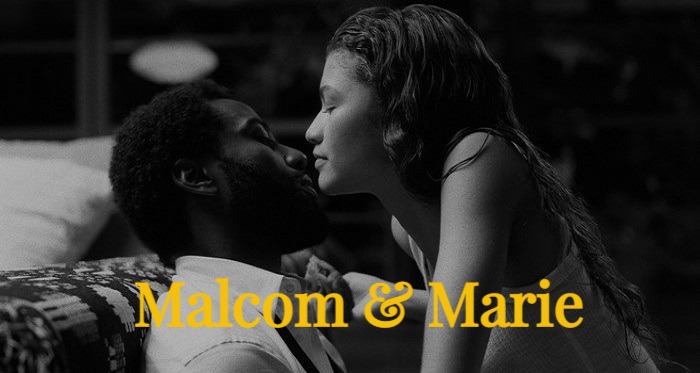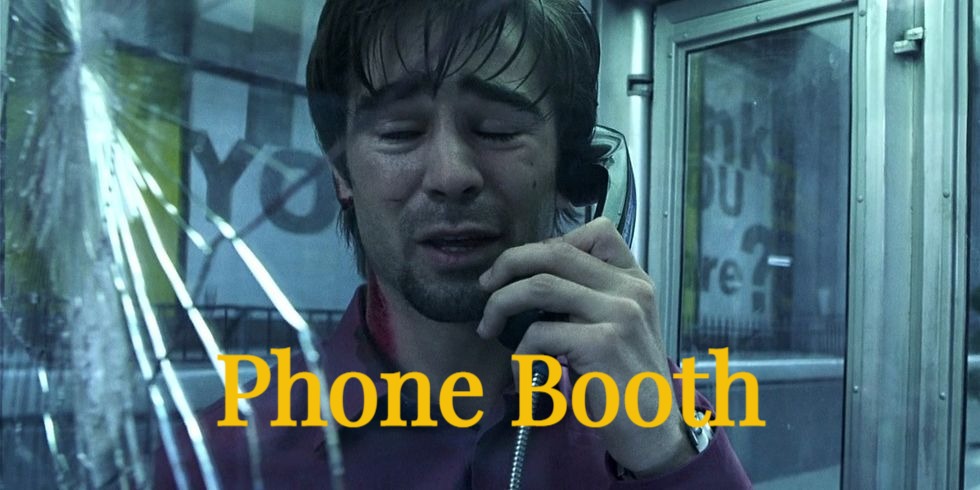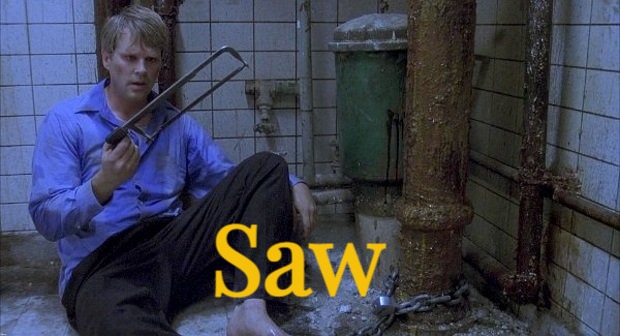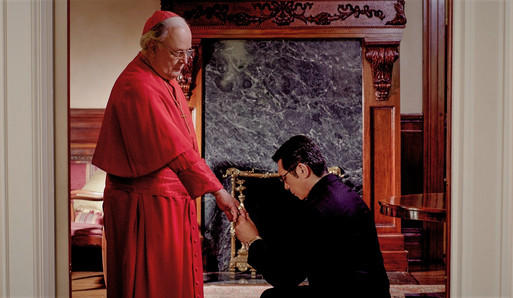Do-it-Yourself: Indie Filmmaking
- Thada Catalon

- Mar 6, 2021
- 8 min read
Do-it-yourself (DIY) filmmaking is at the heart of independent filmmaking. The DIY style is a form of filmmaking where content creators take their visual storytelling aspirations into their own hands. They're not waiting around for someone to hand them their magical golden ticket into the Hollywood filmmaking machine.

DIY filmmakers are natural go-getters that promote a can-do attitude no matter what perceived barriers are seemingly in place. In their mind—there's always a work-around. You just have to be innovative and passionate enough to figure it out and make it happen.
During this age of affordable digital film equipment, most aspiring creators can create an indie project with little to no budget. Some creators are even creating content from their cell phones-- making it a reality that anyone is capable of producing their own DIY film.
A novice filmmaker that's just breaking into the film industry doesn't realize that producing a full-length feature film or short film is possible with minimal funds. So, they get swept up into thinking that they have to make all of these vast purchases of equipment, materials, and supplies.
When aspiring filmmakers watch behind-the-scenes clips of big-budget studio films, they think they need all of that fancy equipment to make a film. I mean, who wouldn't want a massive budget to create something like the world of "Harry Potter?"
Don't get me wrong, we all want to create this magical stuff in our films, but we must crawl before we walk. And once we start walking, we still need more time before we can run.
It's a marathon, not a sprint.
PS: Some of these are affiliate links, and at no additional cost to you, I may get a commission for recommending the product to you.
Now that you're all caught up on exactly what DIY filmmaking is. Let's take a look at some ways that you can apply certain techniques to maximize your efforts.
Here are eight tactics you can use to approach a DIY film project:
1. Let's start with the STORY…
Write or acquire a script where the story can be contained to one or two locations and have minimal characters. If you can shoot something that takes place outside and during the day, that would be optimal. Also, find a story that has minimal wardrobe changes, special effects, stunts, and visual effects. All of those things drive the budget up.
There are several online sites where indie filmmakers can acquire a contained script to produce, such as InkTip, The Blacklist, and ISA.
Here are a few movies that excelled at delivering a contained storyline.
2. Cast Known and Recognizable Talent
Obviously, on a micro-budget film, you won't be able to afford "The Rock."
However, there is a ton of recognizable talent that an indie producer can approach to star in their film, such as reality stars, celebrity vloggers, social media influencers, YouTube stars, etc. All of these influencers usually have massive followings that can bring eyeballs to your picture. Don't sleep on these individuals. They are celebrities in their own right.
However, I still caution you to cast your characters properly. Just because you can book NeNe Leakes doesn't mean she's right for the role of a 30-year-old, timid woman who's suffering from anorexia. Okay…
By the way, Nene Leakes will not do your no-budget film. I was just throwing a name out there. But, hey… you never know unless you try. 😉
3. Use Film Software for Ease and Efficiency
I know film software is an additional cost that's not always budget-friendly, so think of other ways you can operate without adding extra cost.
For instance, Final Draft is considered the industry standard for screenwriting software, so it's definitely worth the investment. However, if that's not an option right now, using free software like Celtx will definitely get the job done.
You can also use Microsoft applications such as word and excel for scheduling and budgeting. Most people already have these applications on their computers, so it shouldn't be an extra cost. Although, it will take a little more time and effort to complete the tasks.
If you can afford it, film software such as Studiobinder, Gorilla, or Movie Magic can make the production management process much, much more manageable.
Don't fret about the software, though. I produced my first feature film, Because I Love You, without the fancy software. But believe me, it's absolutely worth saving up your coins for professional software.
4. Block Scheduling
When creating your schedule, keep in mind talent and location availability. Group the scenes, whereas you shoot out both the talent and the location. Scheduling the scenes in this manner helps prevent you from having to return to a site or having to fly talent back. If you have to move your cast and crew back and forth to a location, you lose time which means you lose money.
5. Location Cost
Try using a location where you already have access. Check with friends, neighbors, colleagues, and family members to see if they have FREE access to any sites. A lot of times, you can use one location as two distinct locales.
For instance, in a movie I produced, "Created Equal," we used one location for the Monsignor's office and also as the Cardinal's home. We also used the penthouse location as the girlfriend's apartment and as our lead character's home.
6. Be Resourceful
The DIY model of filmmaking utilizes a lot of resources a filmmaker already has in their arsenal. For instance, you can utilize anything from working with friends and family, posting listings on social media and Craig's list, or using props and wardrobe from your home. You can also keep your costs low by borrowing needed items.
If all else fails, become a thrift store bargain hunter. Dumpster dive at local thrift stores for all props, set decorations, and wardrobe. Trade, swap, and barter with other film colleagues for needed equipment and gear. Ask talent to provide their own wardrobe. However, if you plan to destroy their wardrobe, you'll still have to reimburse or purchase that particular costume.
7. Self-Distribution
Looking for a way to get your movie on a streaming platform, but you want to skip the sales agent and distributor route? There's a way to do that, but keep in mind that self-distribution is a whole other skillset you will need to acquire to get the job done effectively. You will need to understand marketing and advertising, accounting, royalty payments for union players, and you will also have to handle all of the deliverables of the film, such as the metadata, closed captioning, encoding, artwork— just to name a few.
This route isn't for everyone, but we suggest looking into it a little more if you are intrigued. It may be worth it. Click here to learn more about AGGREGATORS and self-distribution.
8. Raising funds
Sometimes a filmmaker has utilized every free resource they can get their hands on, and they just have to use some cold, hard cash.
My first words of advice, DON'T USE A CREDIT CARD!
Believe me… been there, done that! I just ended up in tons of debt.
Now, I will say this… No one has a right to tell you what not to do. I was told the same thing, and I tried my damnedest to stay away from credit cards. But I felt that I desperately needed to finish my first film, "Because I Love You." So, I applied for business credit cards to complete the film. I ended up with $30,000 worth of debt. Ouch!
Now, here's the deal. If I didn't use the credit cards to finish the film, I wouldn't have had a project for my work samples. That one film got me other gigs. Sooo… that's what I tell myself, so I can breathe easily for making such a risky financial decision.
Do what's best for you.
Only you know your risk tolerance, so be wary about making that financial decision. Instead of making that kind of calculated risk, focus your energy on other avenues of funding. For instance, maybe you can tap into savings, raise money through crowdfunding donations, apply for grants, pitch investors, or apply for state production incentives.
There's a number of ways to raise money, but they all require some effort. So, if you're genuinely passionate about getting your project off the ground, the effort is worth the potential gain.
Want to be inspired?
Check out these DIY filmmakers who have gone on to find success:
Issa Rae found YouTube success from her web series "Awkward Black Girl." She was recognized by HBO and was rewarded with the TV series, "Insecure."
Oren Peli came to fame with his hit movie franchise, "Paranormal Activity." The film only cost $15,000 to produce and raked in over $193 million at the box office.
Robert Rodriguez came to fame with his micro-budget film, "El Mariachi." The film only cost $7,225 to produce and raked in over $2 million at the box office. A trilogy was spurred from the success of the film.
Although DIY filmmaking operates humbly on meager budgets, it is not synonymous with cheap, low-quality films. You still need to put together a team of technicians and talent that can help you create a micro-budget film of remarkable quality. DIY simply means, you embody the can-do spirit of getting it done by any means necessary.
Final thoughts…
In this blog, I've shown you how DIY filmmakers bypass the traditional form of filmmaking by taking the process into their own hands. By planning and preparing, you can resourcefully create a micro-budget film that will pay off onscreen. If you apply the tactics you learned, you should be able to pull off a DIY film.
You've learned about writing a contained storyline.
You've learned about casting recognizable talent.
You've learned about using film software for ease and efficiency.
You've learned that you should schedule scenes per talent and location availability.
You've learned to find FREE accessible locations.
You've learned to use resources that you already have at your disposal or bargain hunt.
You've learned that you can use an Aggregator for self-distribution.
And, you've learned different ways of raising funds.
An excellent exercise for you would be to create a breakdown of all the resources you will need to produce your film. Generating a breakdown is a great way to organize your production. Here's a worksheet to help get you started: Breakdown Worksheet
Remember, this is not a pointless exercise. Planning for your film begins in the development stage. This exercise would be one of your first step towards figuring out your production strategy.
Good luck!
Oh, and let me know how this exercise works out for your project.
Please help us promote this article by hitting the heart button below! Thank you so much!
Subscribe to Diversity in Cinema Academy's Weekly Newsletter to receive updates on our latest blog postings.
Of course, Diversity in Cinema Academy has many other resources that I love to share with you, but I wanted to keep this blog strictly about Do-it-Yourself Filmmaking.
If I had to pick two resources I couldn't live without for my production strategy, it would be these two tools.
Tool #2 - Cheap Movie Tricks
Aside from the tools above, I also use many other resources to help me prep for a movie production. Some of them are FREE and some are paid.
You can check out some of the other resources that I love using on Diversity in Cinema Academy's resources page. You can view all of the resources for Filmmakers, Content Creators and Screenwriters from the links provided.
From filmmaking tools, to content creation tools, to screenwriting tools... they all can be found in the tools section of Diversity in Cinema Academy's website. I highly recommend that you check out our tools store! :)
If you like it, please help me to share the resources link with a friend. I would really appreciate it!
Okay, that's all for now. I hope that you have found the information I provided helpful!
Enough information, start executing!
ABOUT DIVERSITY IN CINEMA ACADEMY:
Diversity in Cinema Academy is an online digital media company that primarily uses web-based applications, such as an interactive website and social media platforms, to offer aspiring filmmakers and screenwriters an entertaining and educational place to interact with each other and professional filmmakers.
JOIN THE CONVERSATION USING
FOLLOW US ON INSTAGRAM: @diversityincinemaacademy
"LIKE" US ON FACEBOOK: /dicacademy1
FOLLOW US ON TWITTER: @dicacademy
For more information, visit www.dicacademy.com




















Comments